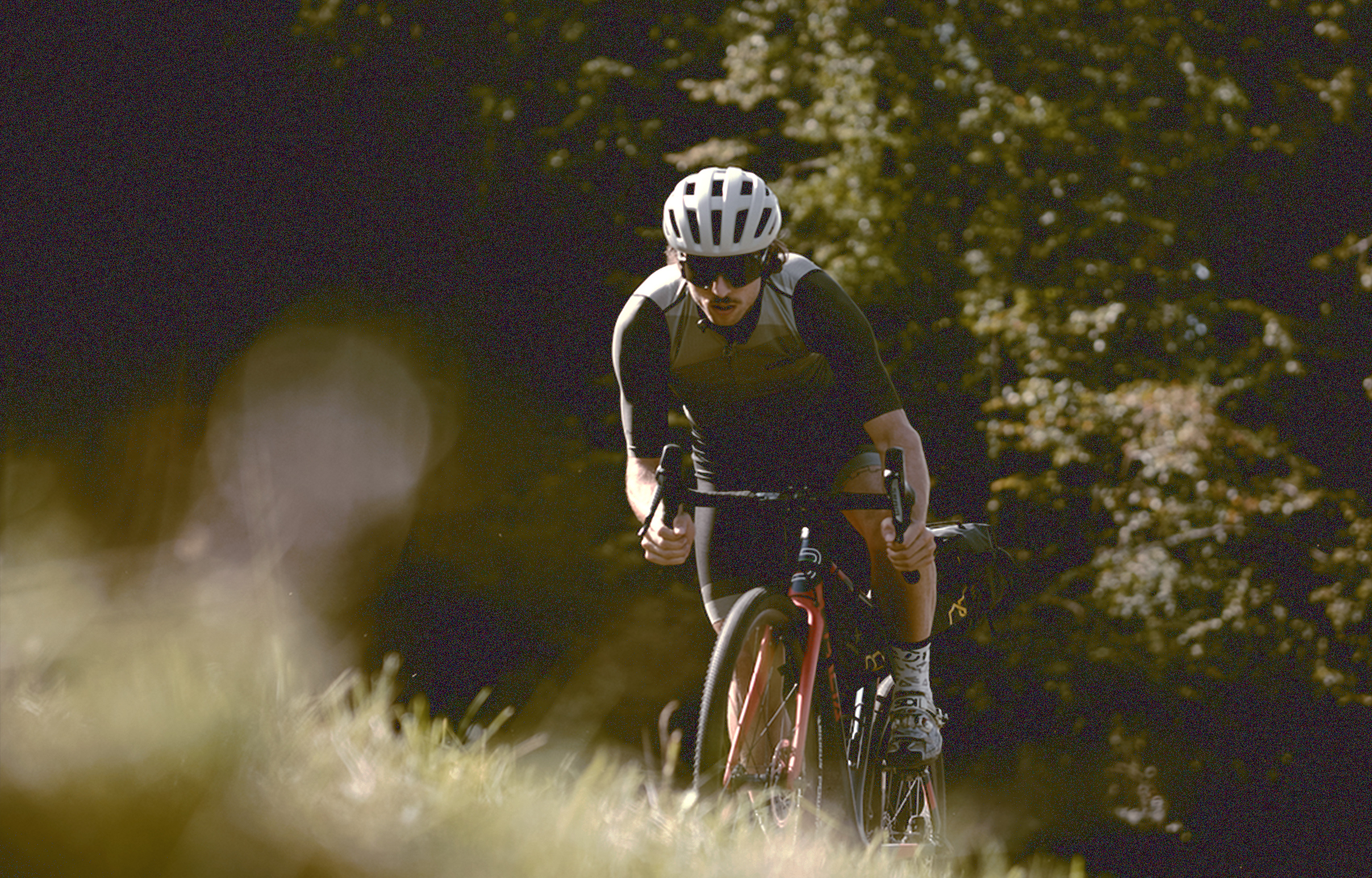Would you like to turn a mountain bike into Gravel? But the envy is overtaken by reason or hesitation and you don’t want to invest. And you have an old mountain bike at home… What can you do with it?
To turn a mountain bike into Gravel, first make an update on your bike. If you have a mountain bike with hydraulic disc brakes, or suspended brakes, DIY attempts will cost you more than a new Gravel. Indeed, it will be necessary to acquire a set of levers-stirrups-de-scinders road. This represents a nice sum. Second, the road behavior of a suspended whole will never be amazing. And as gravel is practiced on rolling surfaces… In short, don’t go for it!
An old machine is ideal
The best is to have an old & not suspended mountain bike, equipped with “mechanical” brakes whether they are discs, Cantilever or V-Brakes. The best is if this mountain bike is in 10 gears! In 9 it’ll be good too. If your bike is in Shimano before the Shadow architecture, then you just need to get a pair of built-in “road” levers that are compatible with the number of speeds. This is easily found on occasion. If you’re a road rider, you’ve probably got some old equipment lying around your house and helping you out! Shimano 105 or Tiagra will be enough for this modification.

If you’re in Sram, you’ll have to find levers, a rear Derail Wifli managing the big cassettes. Beware, Sram levers are only compatible with double-plateaus. It’s up to you to see if the budget goes through. If your pedal is triple, you can take the side of dismantling the small tray if you have found only “double” levers. If you have triple compatible levers, keep it. It will be more complicated to manage than a double but it will allow you to have the same range of developments as on a Gravel.
Position and tire
You will have to adopt a position similar to a bike road. To do this, you must then find a Gravel hanger or race compatible with the gallows of the mountain bike. In 31.6 you will have a choice, in 26 mm less. This last dimension was common before the 2000s, in the absence of a Gravel hanger, you can get away with a very wide road hanger, 46 cm for example. To recover some height, you may need to reverse your gallows if it is aheadset. If it’s a diver’s, you’ll have to put it back together.

Finally, given the age of your bike, you will have to find 26-inch tires, with a rolling profile in the center and more aggressive spikes or spikes on the sides to be in Gravel’s optics. You will be advised to use 1.7-inch or 1.9-inch section tyres to be able to drive. This will come at the expense of grip in greasy terrain and comfort, but the Gravel rarely go above the 45 mm section, or 1.8 inches.

What about the playing field?
You’re going to have a heavier machine than a “real” Gravel, of course. It will also be a little less manoeuvrable, but it will be much more “rolling” than the old version of your mountain bike. On the road it will be obvious, the loss of the heavily clinging tires and the adoption of a more road position (imperative!) will quickly save a few kilometers per hour. The bike will also be more effective standing up on the pedals. On the roads, we will pass in the same way faster, on a dry track at least. There will also be less energy loss in the ascents. But you’ll have to stay on the road, as with a real Gravel actually.
With all these little tips, you’re ready to attack the Gravel Night or the Gravel 100, even without a 100% Gravel bike!
